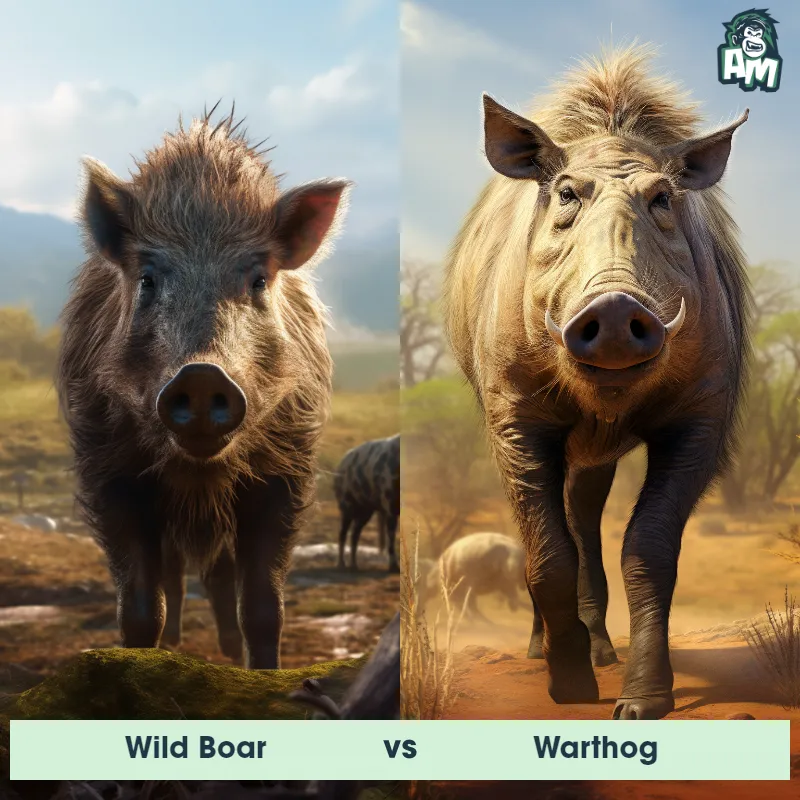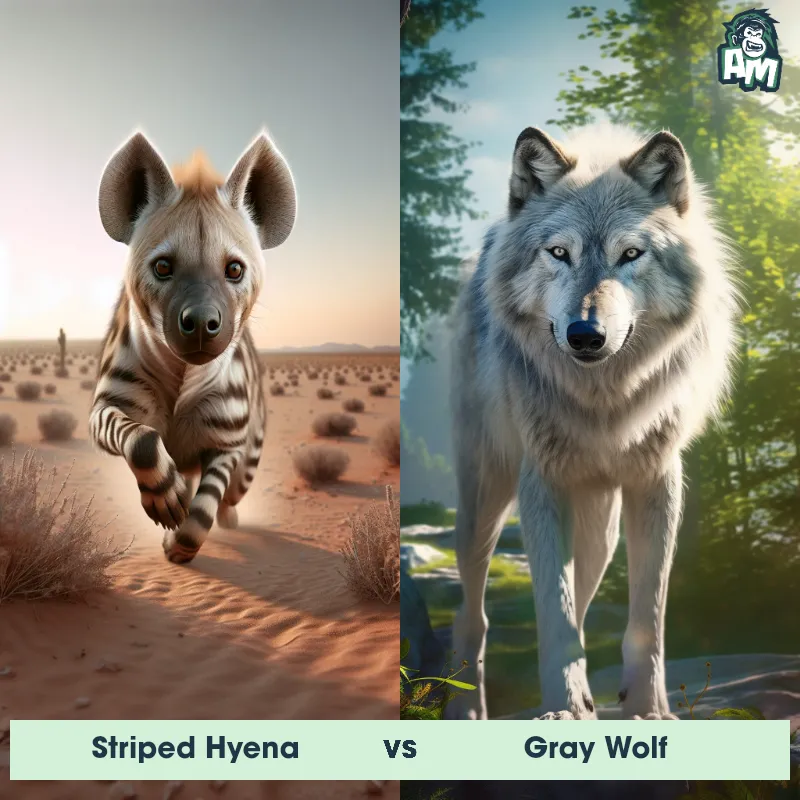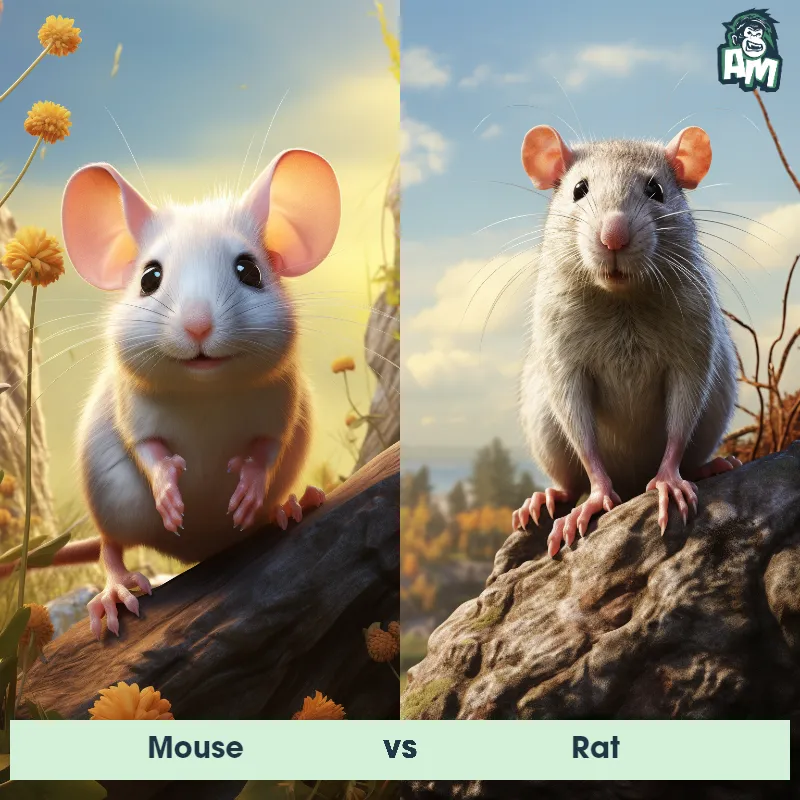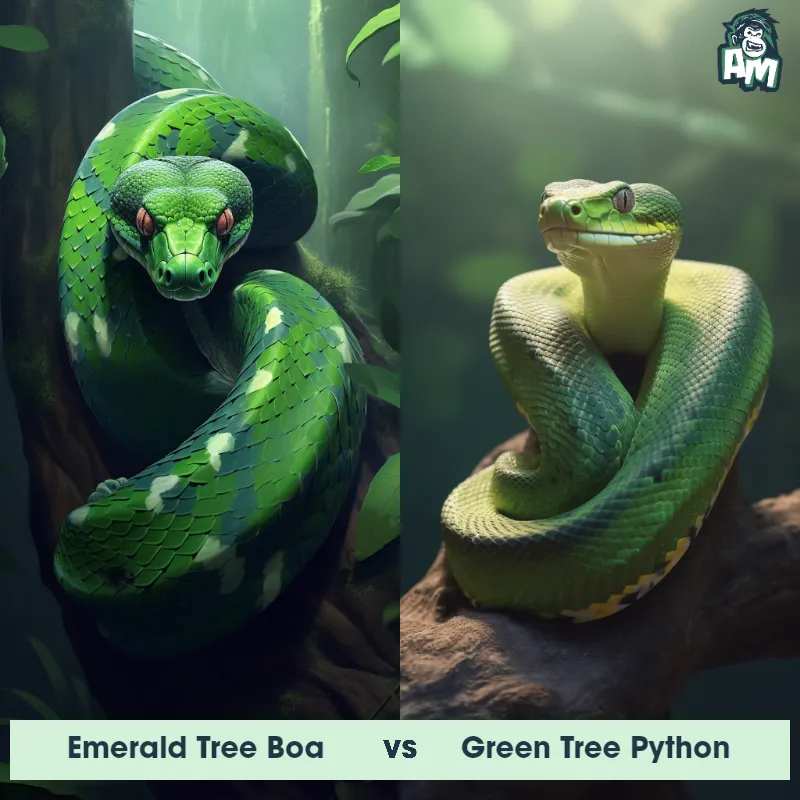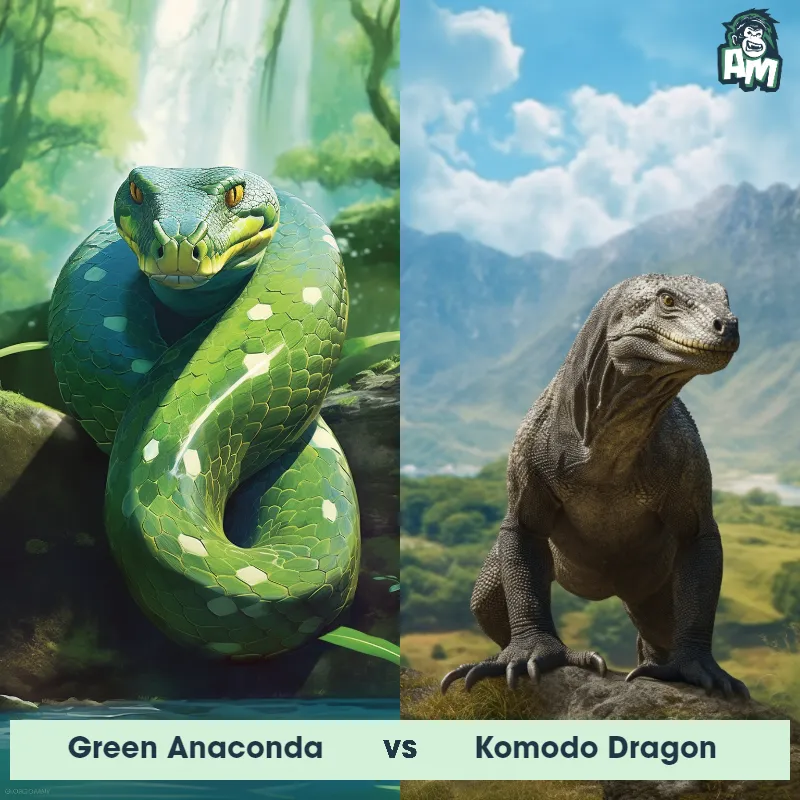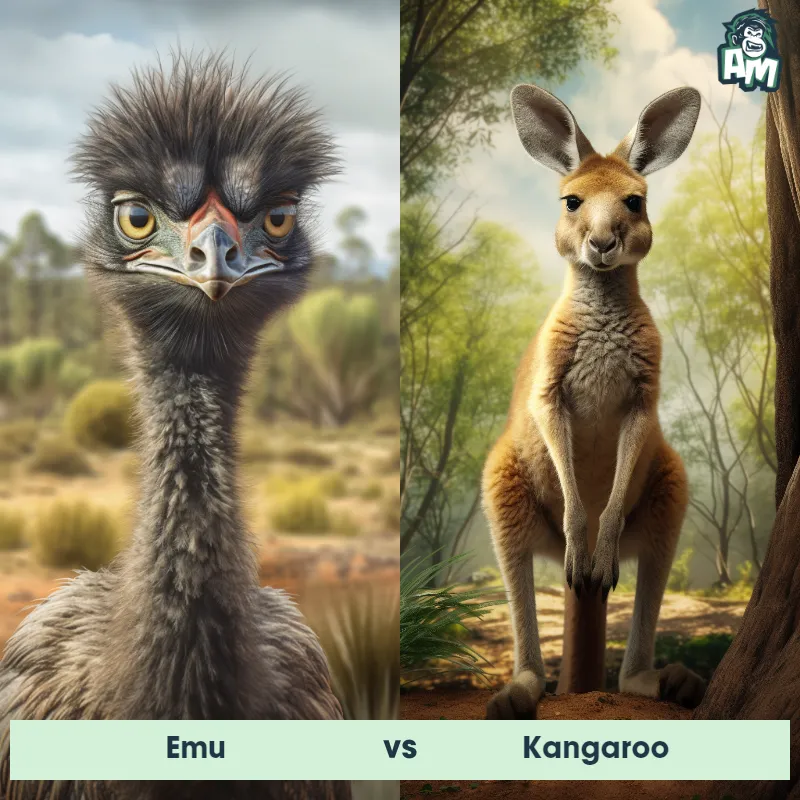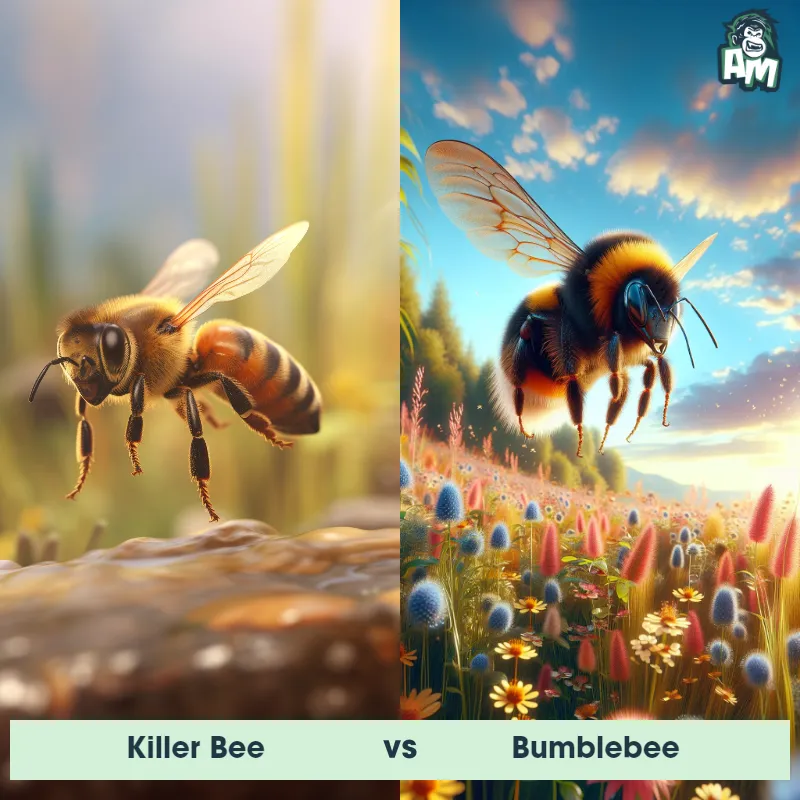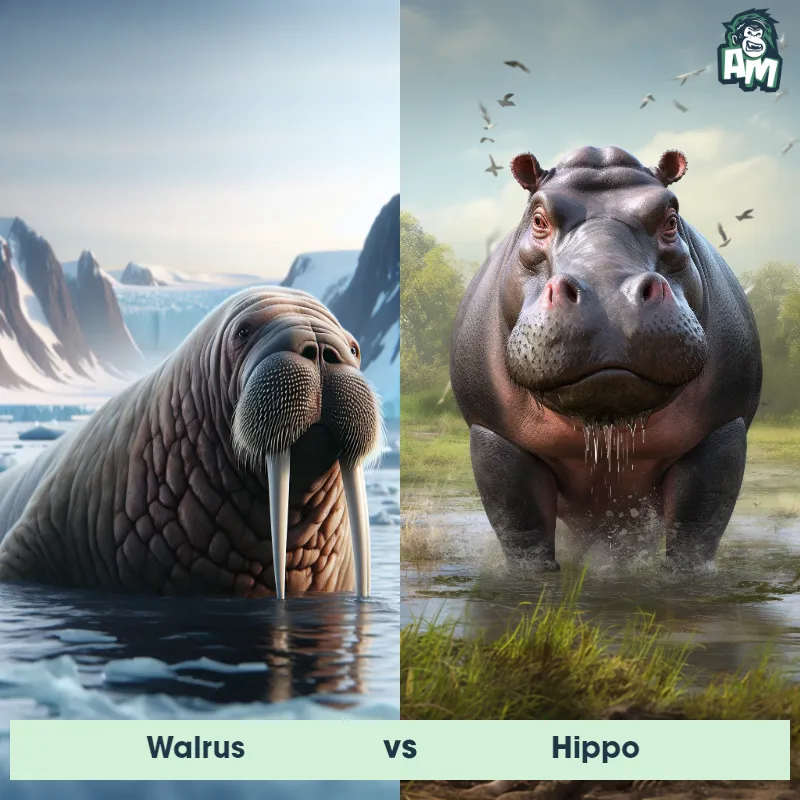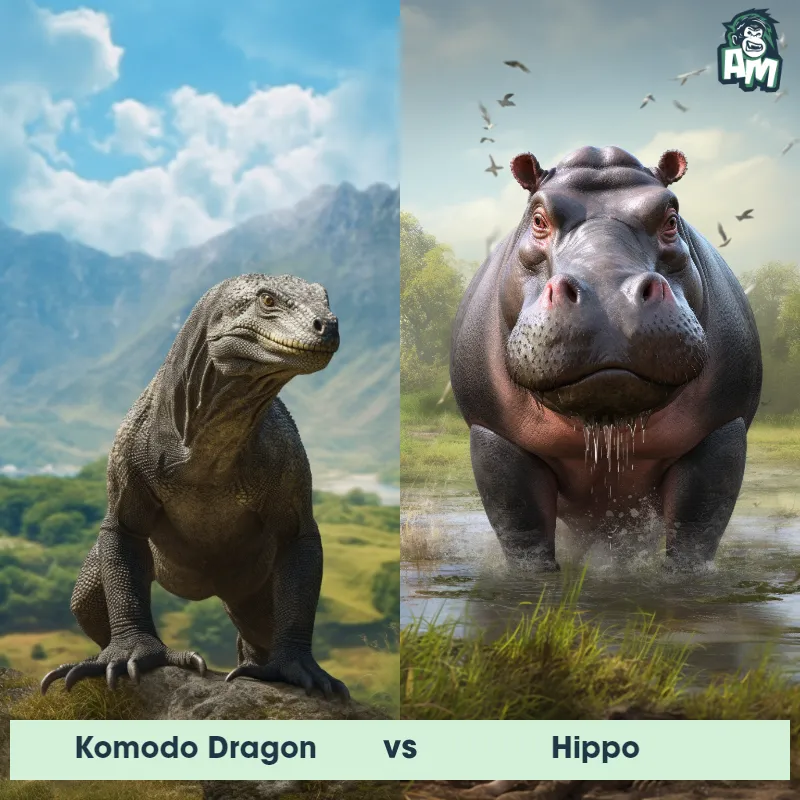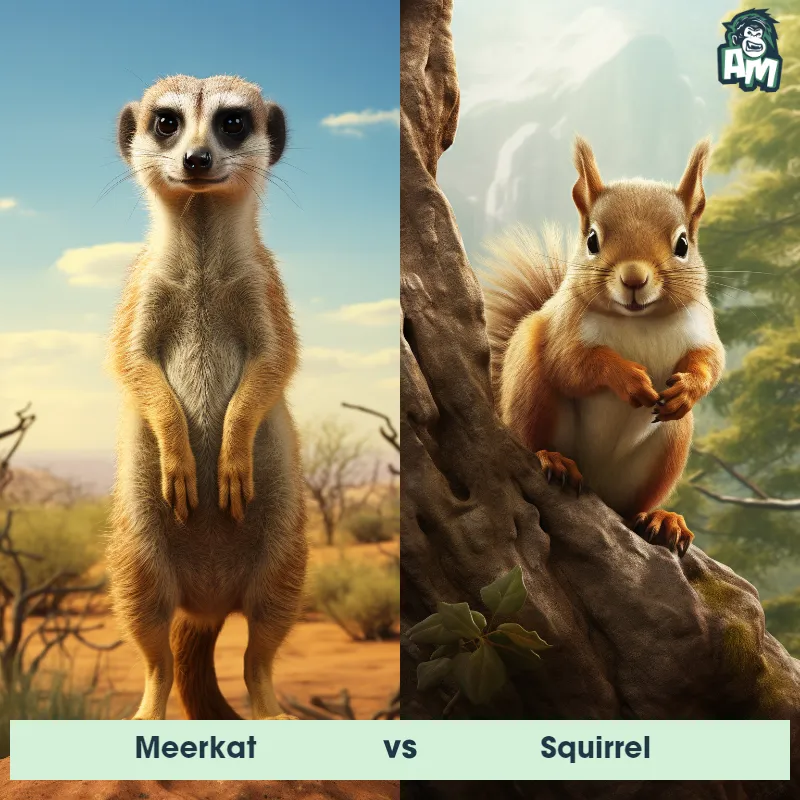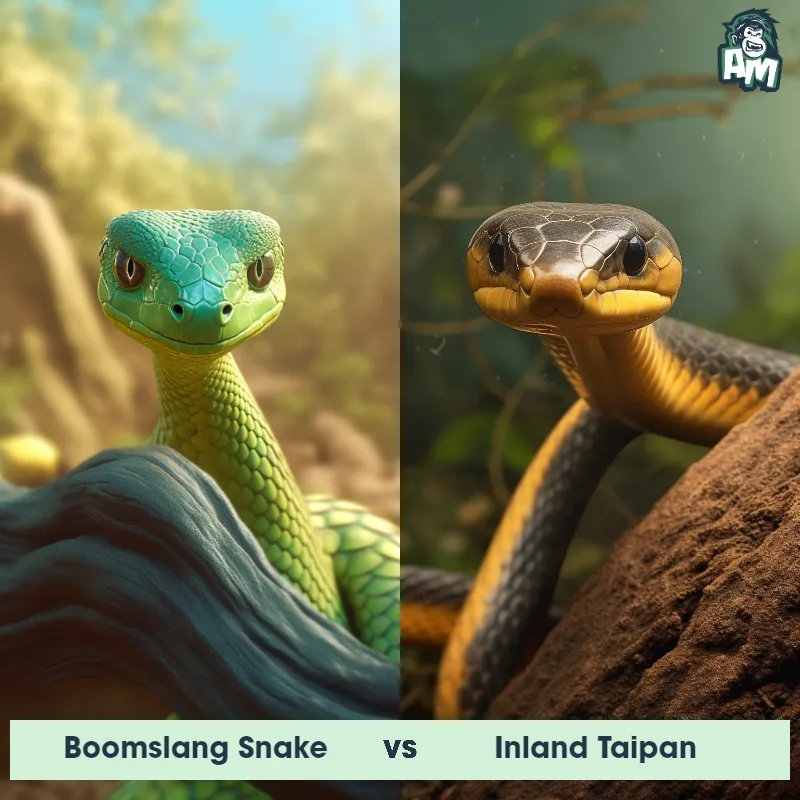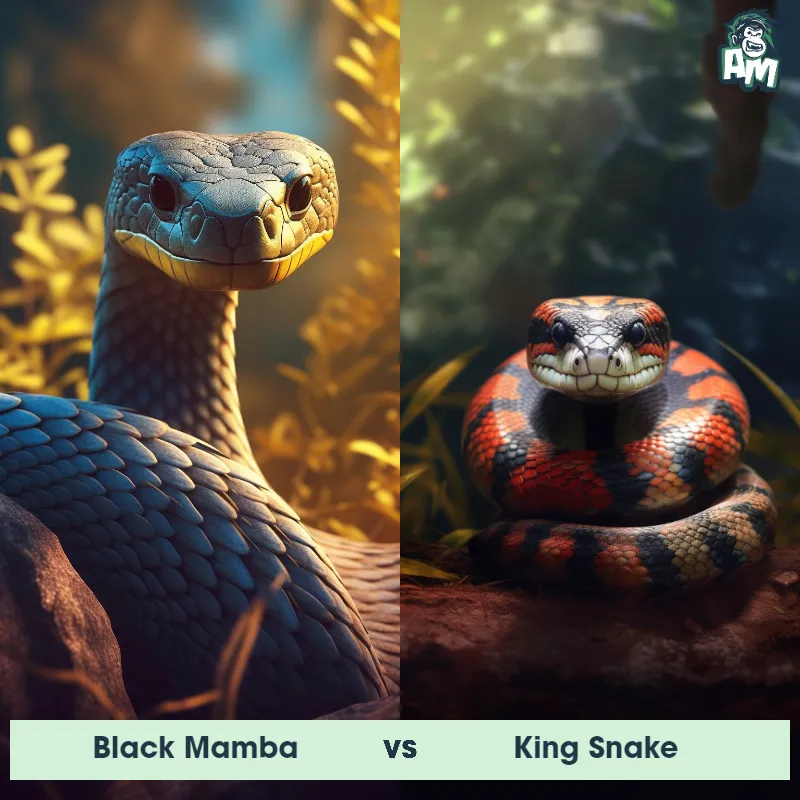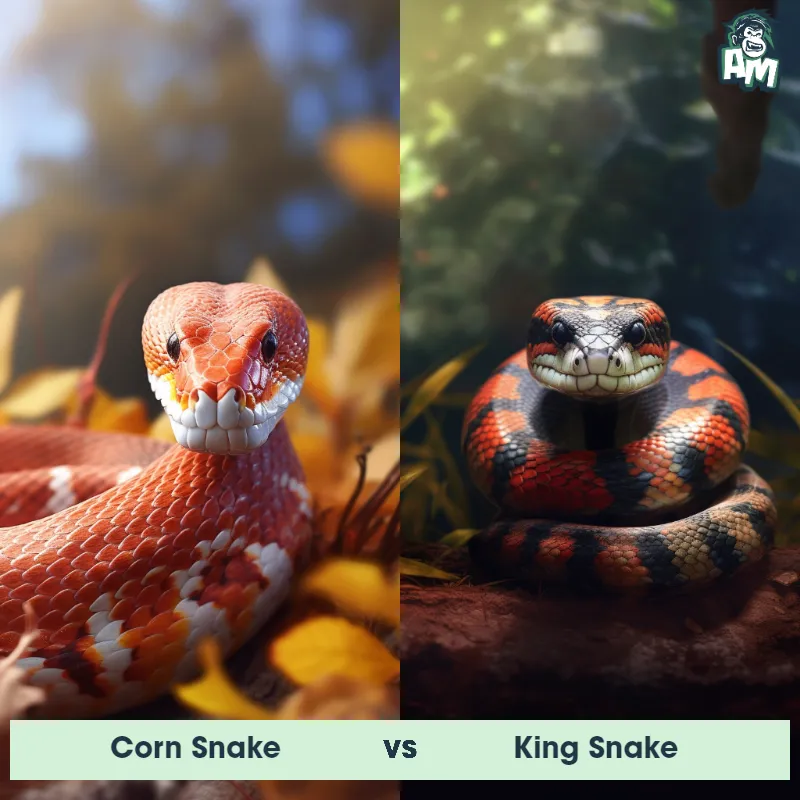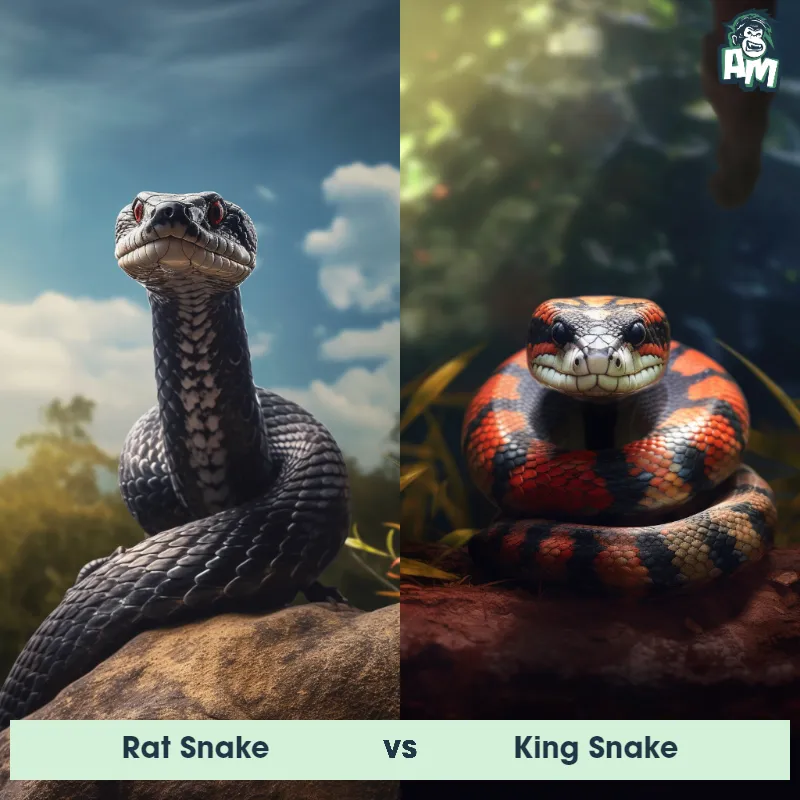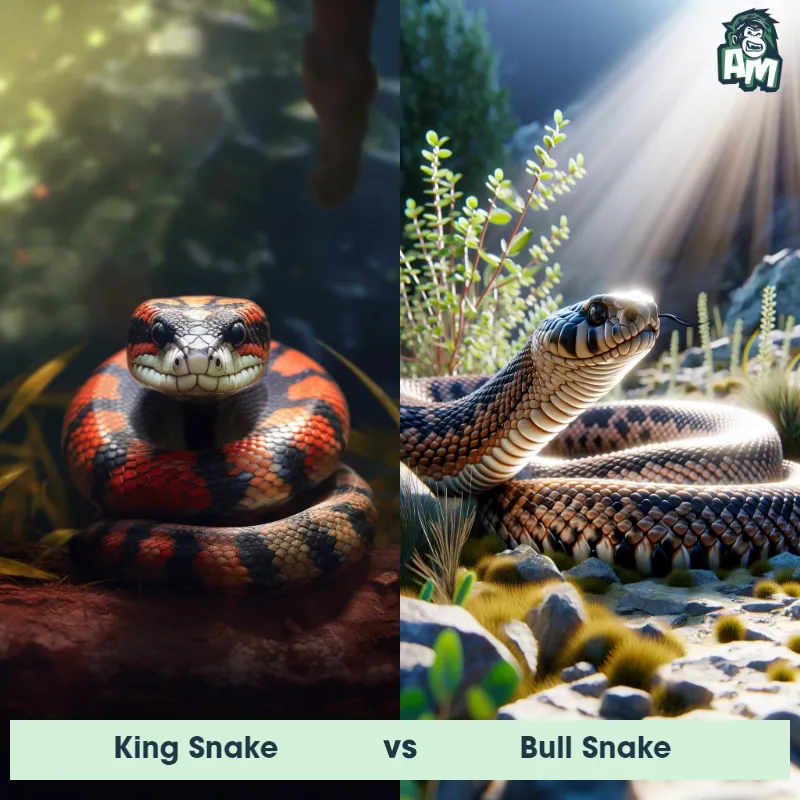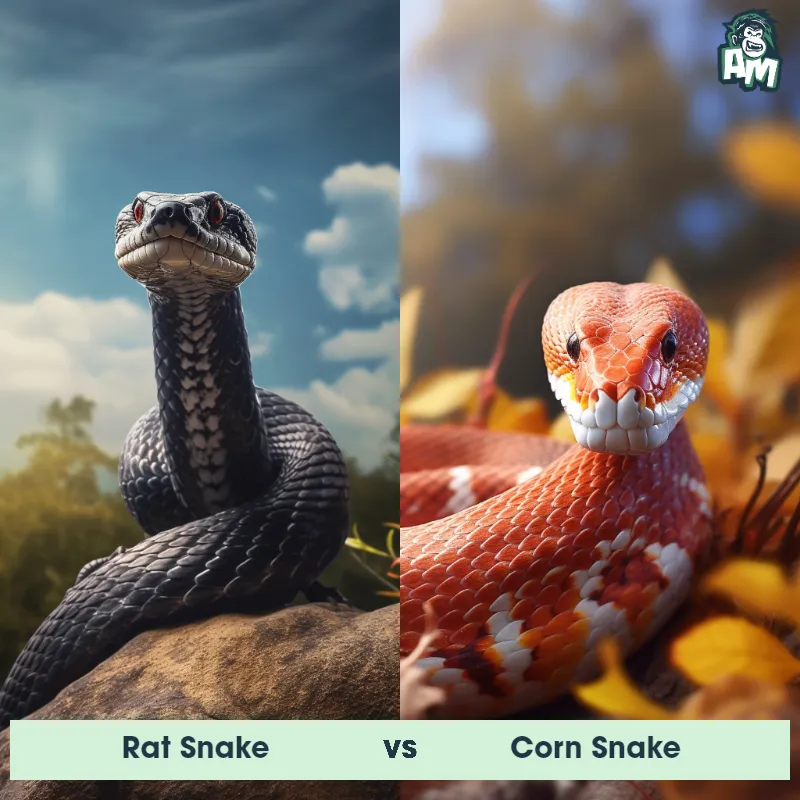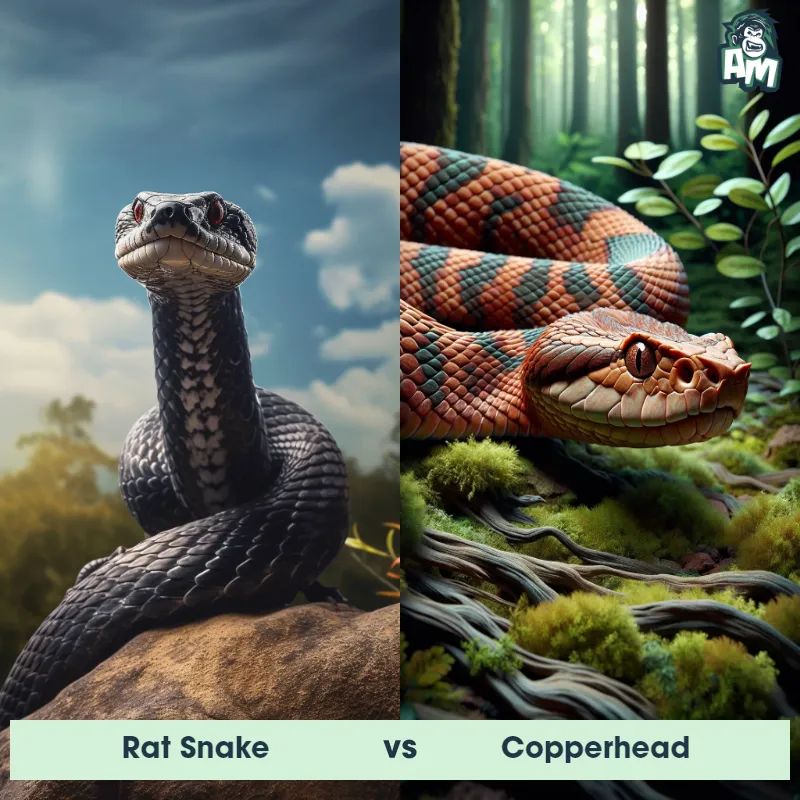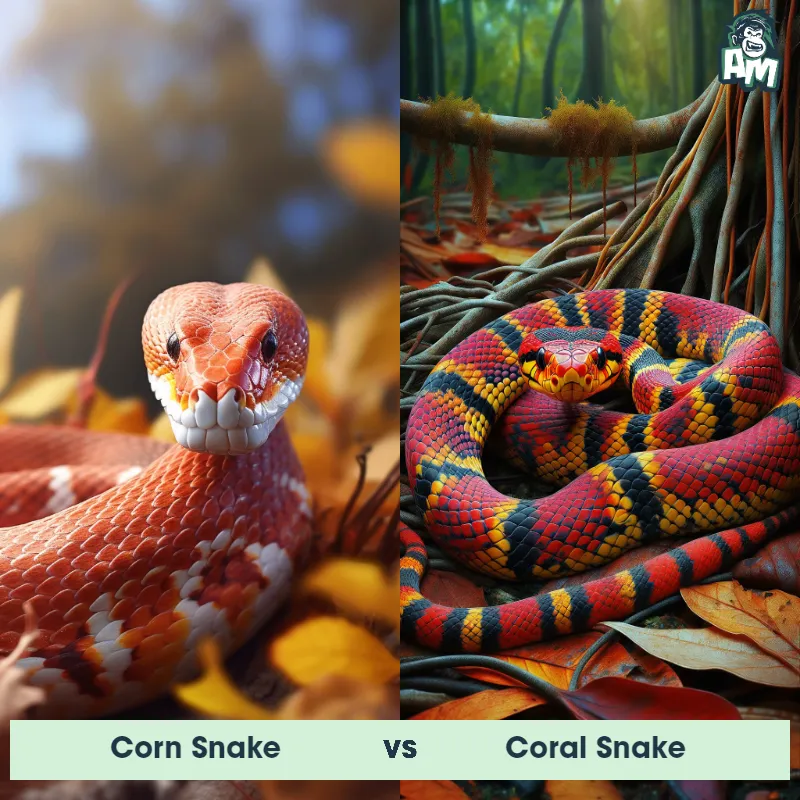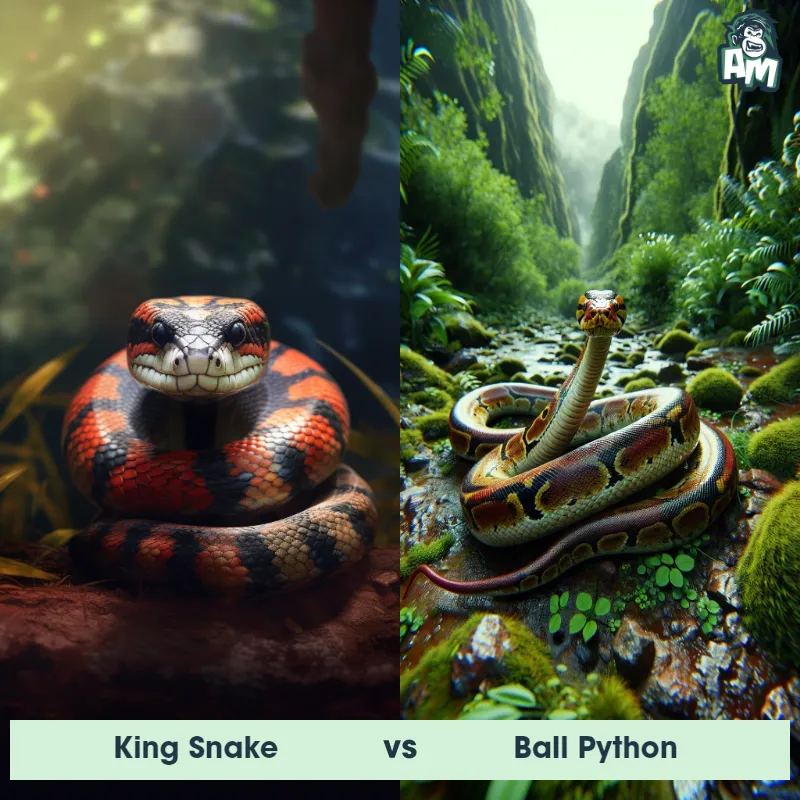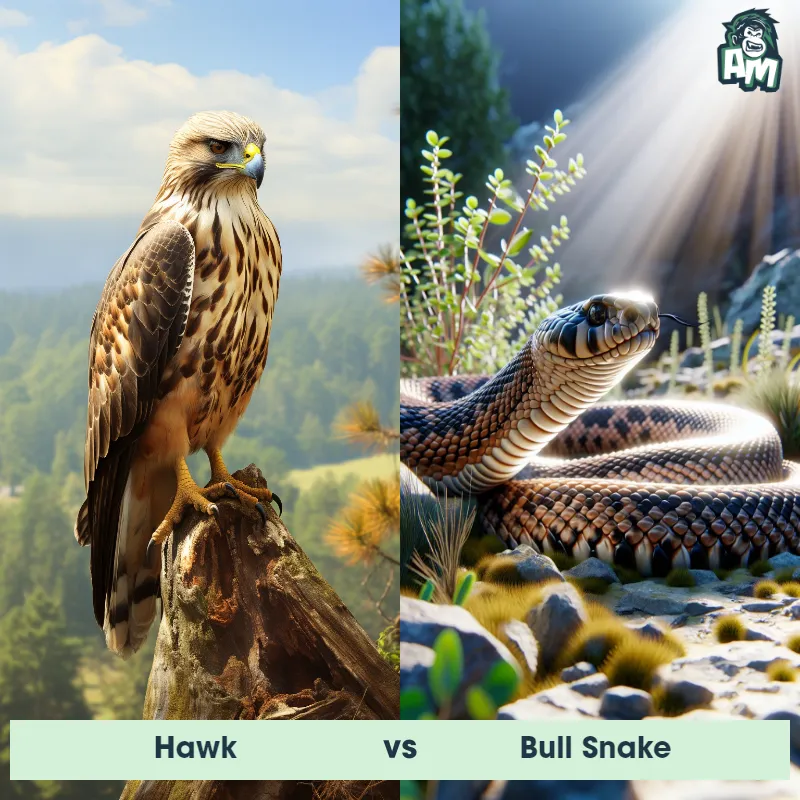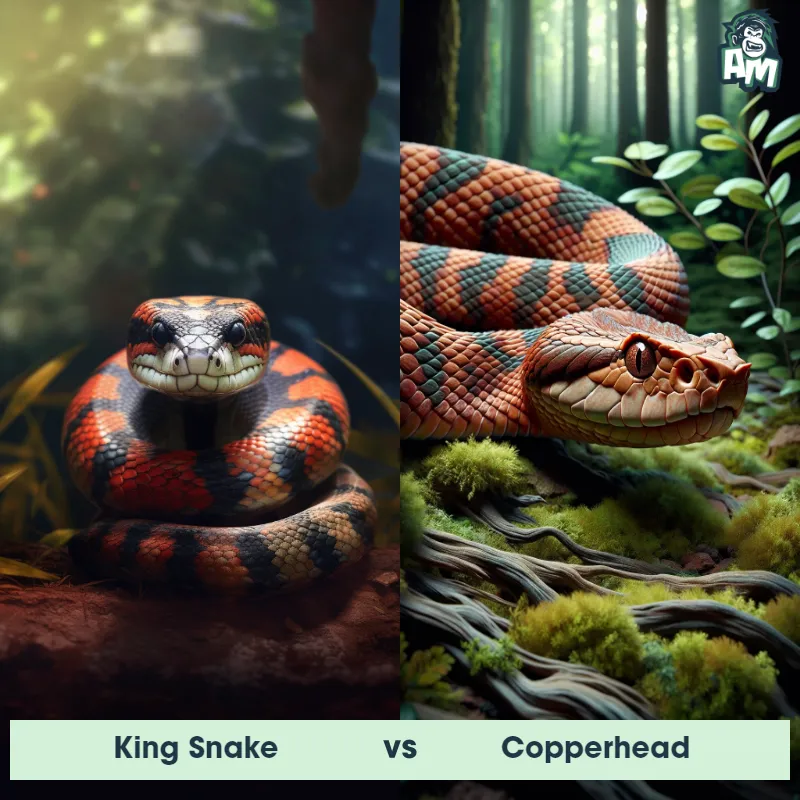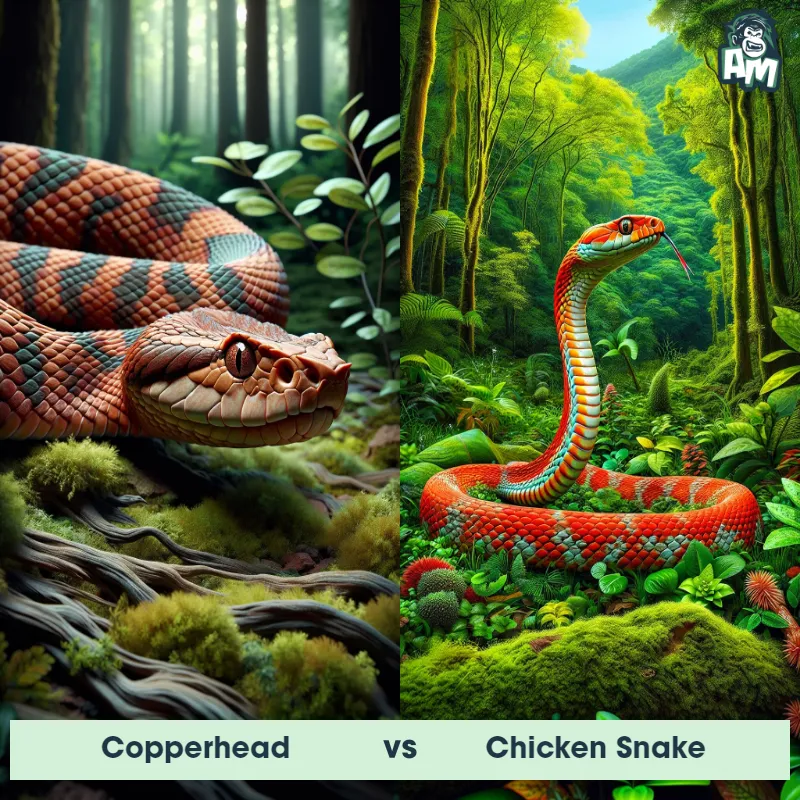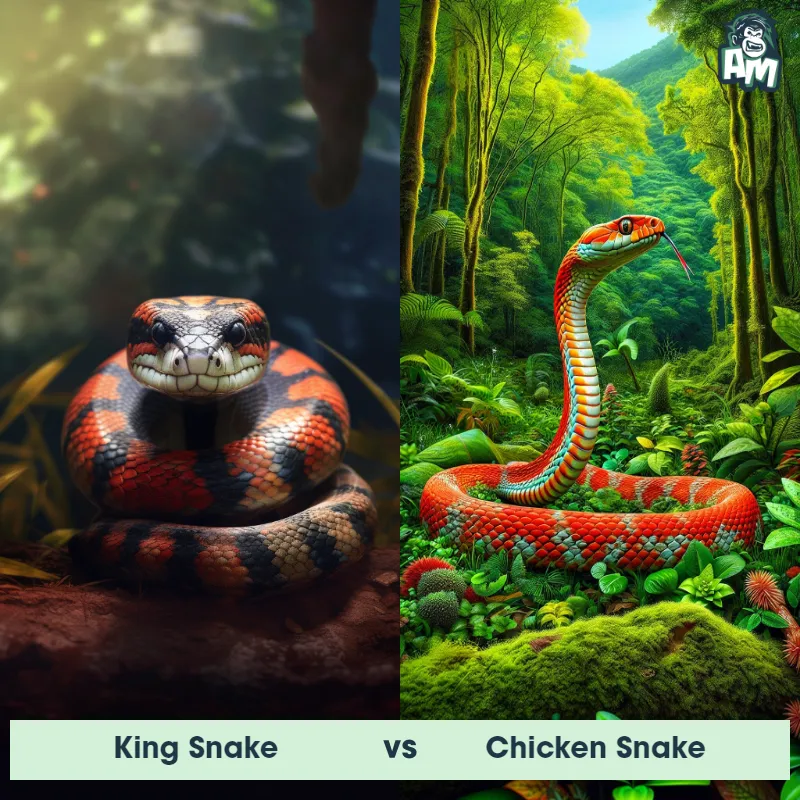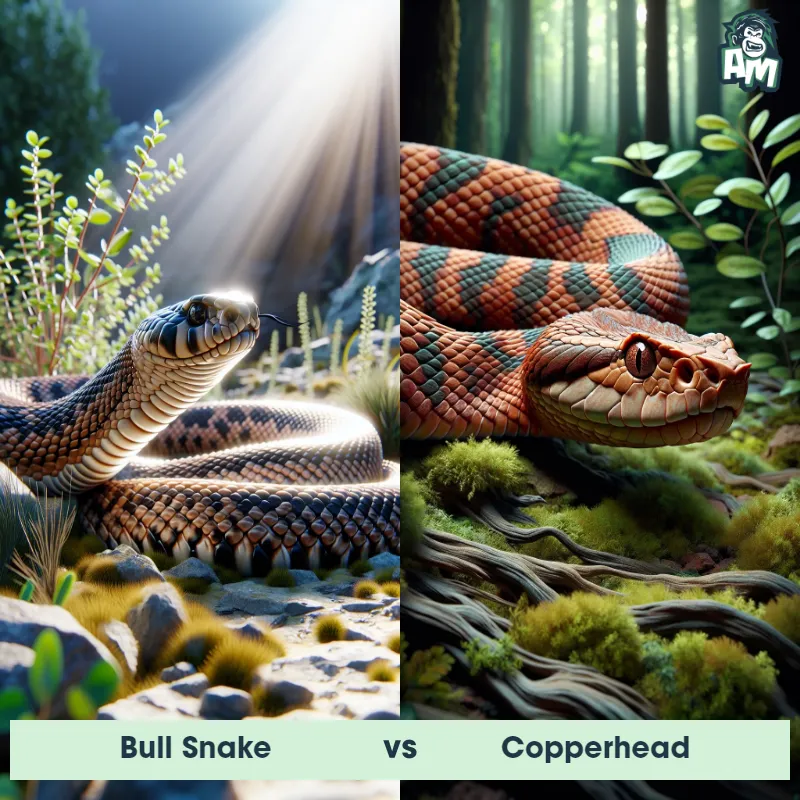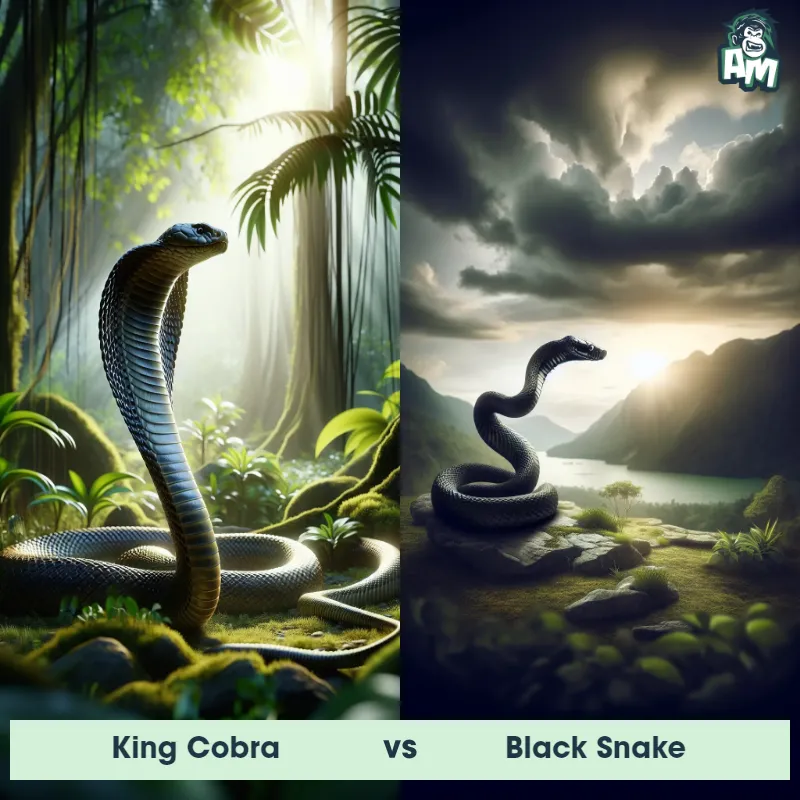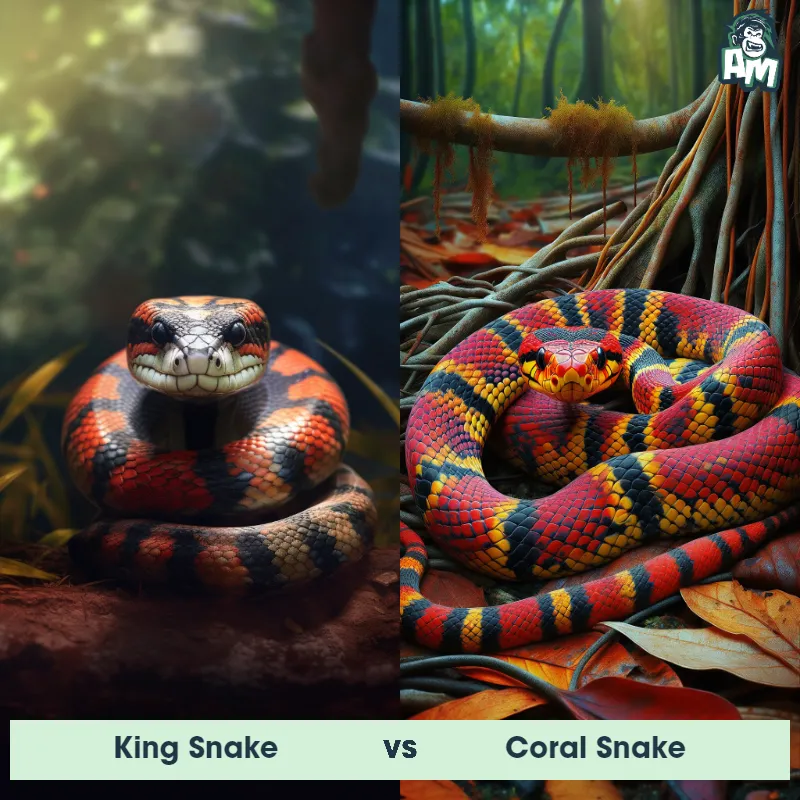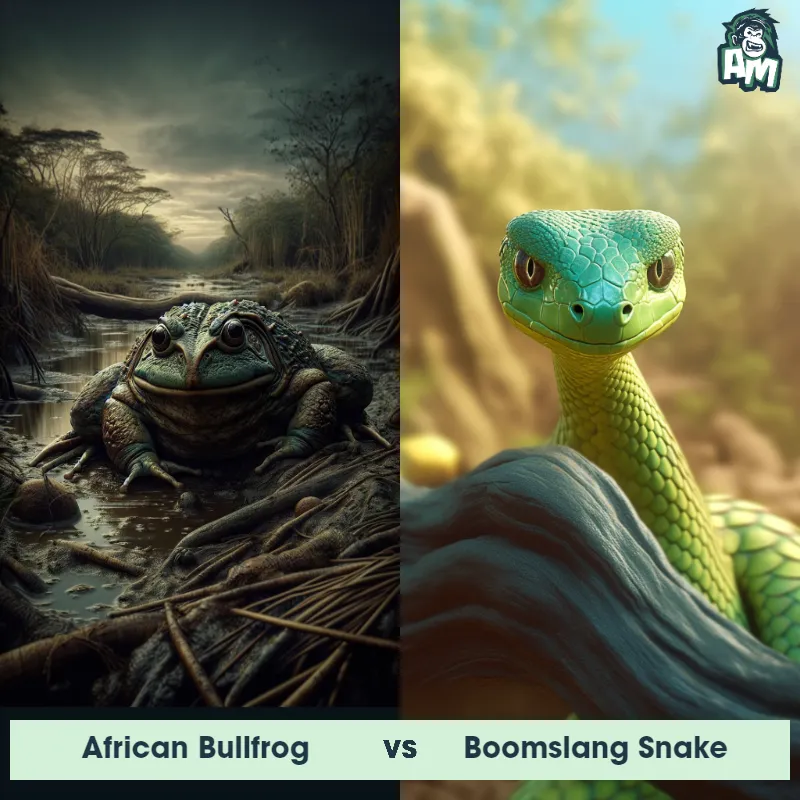King Snake vs Black SnakeSee Who Wins

Ladies and gentlemen, welcome to this thrilling matchup between two fierce serpents in the animal kingdom! We have a King Snake facing off against a Black Snake in what promises to be an enthralling three-round fight. Both creatures are known for their agility, speed, and deadly strikes. The tension is palpable as they coil in their respective corners, ready to unleash their venomous skills.
Contender 1: King Snake
The King Snake, also known as the Lampropeltis, is a non-venomous snake that can be found in North and Central America. They are known for their distinctive color patterns, which can vary depending on the species. Some King Snakes have black and white stripes, while others have red and black bands. They are constrictors, meaning they kill their prey by squeezing them until they suffocate. King Snakes are also known for their immunity to the venom of other snakes, which allows them to eat venomous snakes without being harmed.
Fun Fact: King Snakes are known for their ability to mimic the appearance and behavior of venomous snakes, such as the Coral Snake. This is a defense mechanism that helps them avoid predators.
Contender 2: Black Snake
The Black Snake, also known as the black racer, is a non-venomous species of snake found in various regions across North America. It is known for its sleek, slender body and glossy black coloration, which serves as excellent camouflage in dense vegetation. Black Snakes can grow up to six feet long and have smooth scales that aid in their swift movements. They are known for their exceptional agility and speed, making them formidable hunters and escape artists. Despite their name, not all Black Snakes are black, as some individuals may have dark brown or grayish patterns on their bodies.
![[object Object] Gif](https://tenor.com/view/black-snake-slither-gif-3919099274309690325.gif)
Fun Fact: One fascinating fact about the Black Snake is that they are excellent climbers and can effortlessly scale trees and shrubs to catch their prey or bask in the sun.
Matchup Stats
| King Snake | Black Snake | |
|---|---|---|
| Size | Up to 6 feet (1.8 meters) | Up to 6 feet (1.8 meters) |
| Weight | Up to 4 pounds (1.8 kilograms) | 2lbs (0.9 kg) |
| Speed | Speed: 4 mph (6.4 km/hr) | 8mph (13km/h) |
| Key Strength | Constriction | Speed and agility |
| Biggest Weakness | None | Lack of venom |
Current Votes
King Snake vs Black Snake
See Who Wins
View More Matches
Looking For More?
Similar Matches
Scientific Stats
| King Snake | Black Snake | |
|---|---|---|
| Scientific Name | Lampropeltis | Coluber constrictor |
| Family | Colubridae | Colubridae |
| Habitat | Terrestrial | Various habitats including forests, grasslands, wetlands, and farmlands |
| Geography | North and Central America | Found in various regions across North America |
| Diet | Carnivorous, eats rodents, lizards, birds, and other snakes | Primarily feeds on rodents, small mammals, birds, and eggs |
| Lifespan | 15 years - 25 years | 10 years - 25 years |
Key Differences between King Snake and Black Snake
- Head shape: The King Snake has a slightly broader and triangular-shaped head compared to the Black Snake, which typically has a more slender and elongated head.
- Size: In general, King Snakes are smaller in size, averaging around 3 to 4 feet in length, while Black Snakes tend to be larger, with some individuals reaching lengths of 6 to 8 feet.
- Geographic distribution: King Snakes have a wider distribution, occurring throughout North and Central America, while Black Snakes are more commonly found in the eastern parts of the United States.
- Pattern: The King Snake exhibits a distinct pattern of alternating black and white or yellow bands, while the Black Snake lacks this pattern and is typically uniform in color.
- Coloration: King Snakes are known for their vibrant colors, with combinations of black, white, yellow, and red, whereas Black Snakes have a predominantly dark black or brownish coloration.
- Habitat: King Snakes are commonly found in a variety of habitats, including forests, grasslands, and deserts, while Black Snakes are often associated with wooded areas, farmlands, and wetlands.



